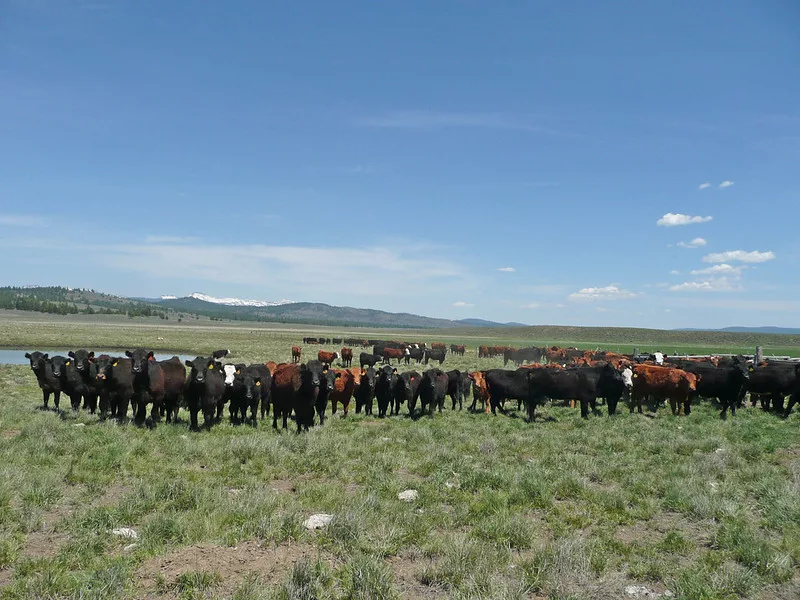Oregon State University researchers have received a $1 million grant to study the impact of adding seaweed to the diets of beef cattle as a way to reduce greenhouse gas emissions.
Recent research has found that feeding seaweed can reduce methane emissions from cattle, most of which originates from enteric fermentation that is characteristic of their digestive process.
Oregon State will investigate a specific type of seaweed – Pacific dulse, a species grown commercially on the Oregon Coast – and focus on the effects of including this seaweed in diets of cattle that graze sagebrush steppe landscapes, a common ecosystem in the western United States.
“At a time of heightened public concern about greenhouse gas emissions, this project has the potential to help ranchers more sustainably and efficiently produce beef while also providing an economic benefit to seaweed producers,” said Juliana Ranches, project director and an assistant professor at Oregon State’s Eastern Oregon Agricultural Research Center in Burns, Oregon.
The five-year project is funded by the U.S. Department of Agriculture National Institute of Food and Agriculture.
The agriculture sector accounts for 9.4% of greenhouse gas emissions in the U.S. with cattle being responsible for more than a quarter of the greenhouse gas emissions from the agricultural sector. The majority of that contribution comes from methane produced during enteric fermentation.
For the project, about 20 cows will graze each year in an approximately 100-acre pasture at the Northern Great Basin Experimental Range in Riley, Oregon, between Bend and Burns. They will wear GPS collars and be contained within a virtual fence.
The researchers will supplement the cattle feed with Pacific dulse grown along the Oregon Coast by a company called Oregon Seaweed. They will feed different amounts of dried dulse to the cattle to access the supplementation level that most suppresses enteric methane, which is emitted during the digestive process of cows.
“We will also be looking at the way the seaweed is grown and how that impacts the compounds of interest that contribute to methane reduction,” said James Fox, an algal physiologist in the Oregon State Department of Microbiology and co-investigator of the project.
Fox will also work with colleagues at OSU-Cascades in Bend to study the impact seaweed supplementation has on bacteria in the cattle stomachs and how the bacteria may contribute to methane reduction.
Additionally, the researchers will use an atmospheric measurement tool called an Eddy Covariance Flux Tower to measure changes in carbon dioxide and methane levels in the pasture.
“Most of the research on seaweed feed supplementation for cattle has taken place in feedlots,” said Rory O’Connor, a rangeland ecologist with the U.S. Department of Agriculture-Agricultural Research Service in Burns and co-director of the project. “Our work is novel because we are focused on cattle that graze in the sagebrush-steppe ecosystem.”
Partners on the project include Chuck Toombs, the founder and CEO of Oregon Seaweed, and the USDA Northwest Climate Hub.

